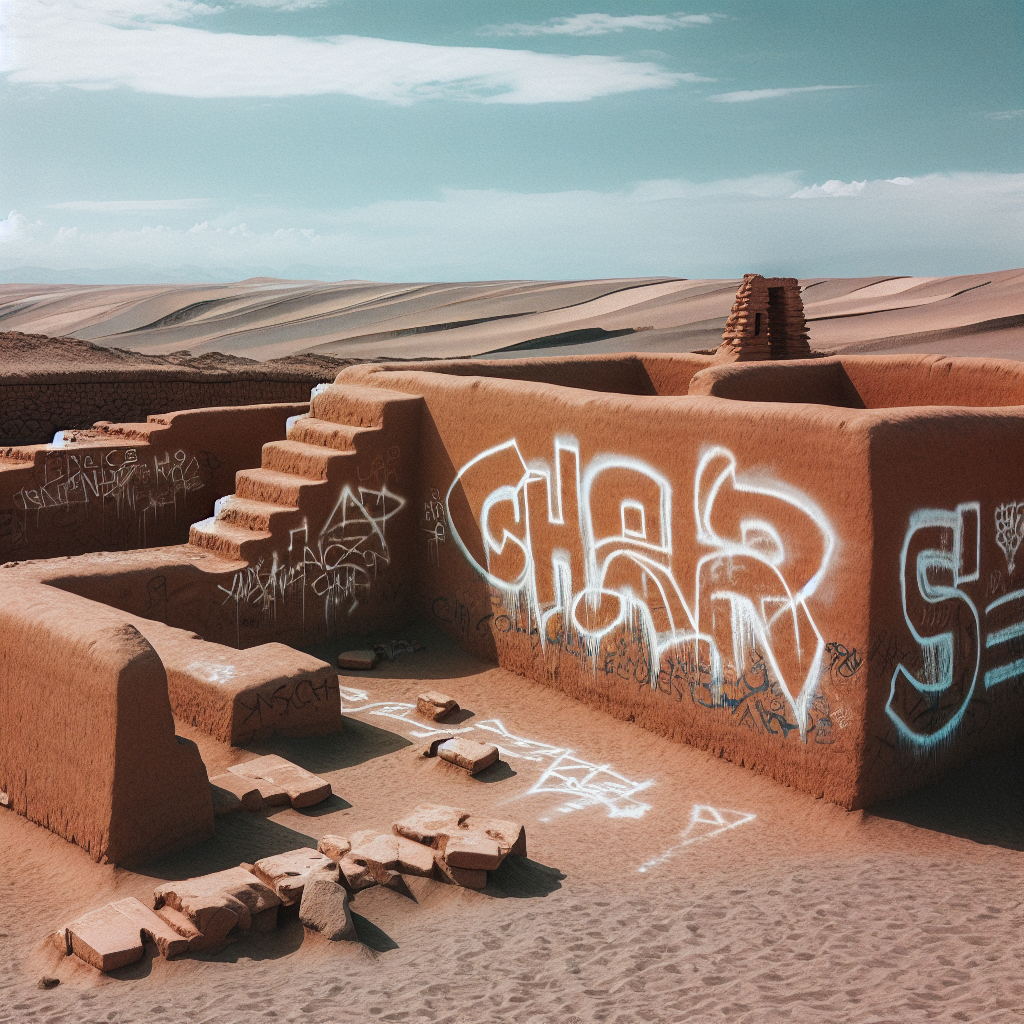Chan Chan, Peru’s UNESCO Site, Vandalized with Graffiti
Chan Chan, Peru’s UNESCO Site, Vandalized with Graffiti
Overview of the Incident
Chan Chan, the largest adobe city in the world and a UNESCO World Heritage Site located in Peru, has recently been defaced with graffiti. This act of vandalism has raised concerns among historians, archaeologists, and the global community about the preservation of cultural heritage sites.
Significance of Chan Chan
Chan Chan holds immense historical and cultural value, being the capital of the ancient Chimú civilization. Its intricate architecture and expansive layout offer insights into pre-Columbian life in South America.
- Largest adobe city in the world
- Capital of the Chimú civilization
- UNESCO World Heritage Site since 1986
Details of the Vandalism
The graffiti was discovered on several walls of the site, causing damage to the ancient structures. Authorities are investigating the incident to identify the perpetrators and prevent future occurrences.
- Graffiti found on multiple walls
- Investigation underway by local authorities
- Efforts to enhance security measures at the site
Response and Restoration Efforts
In response to the vandalism, local and international bodies are collaborating to restore the damaged areas. There is a renewed focus on enhancing security and raising awareness about the importance of preserving such sites.
- Collaboration between local and international organizations
- Restoration plans in progress
- Increased security and awareness campaigns
Conclusion
The vandalism of Chan Chan underscores the vulnerability of cultural heritage sites to modern threats. It highlights the need for increased protection and global cooperation to preserve these invaluable links to our past. The incident serves as a reminder of the importance of respecting and safeguarding our shared history.

















